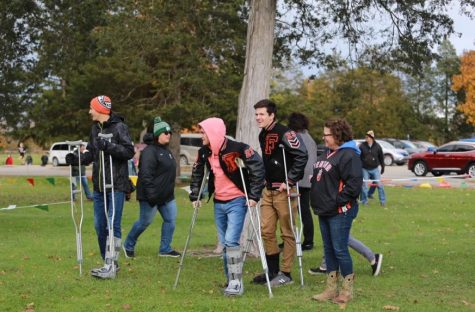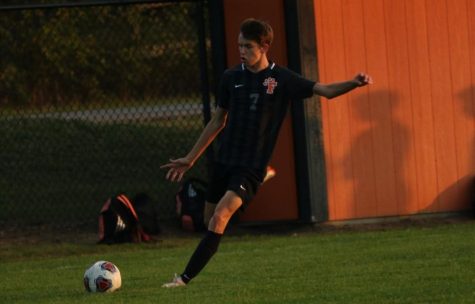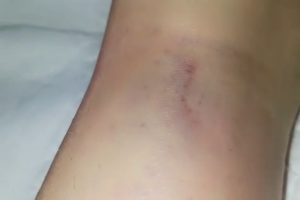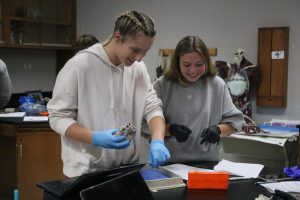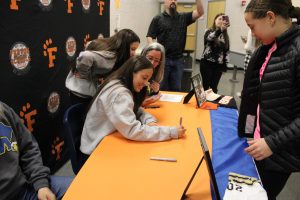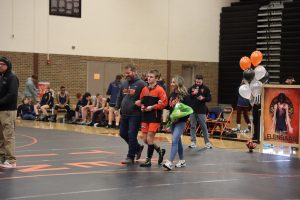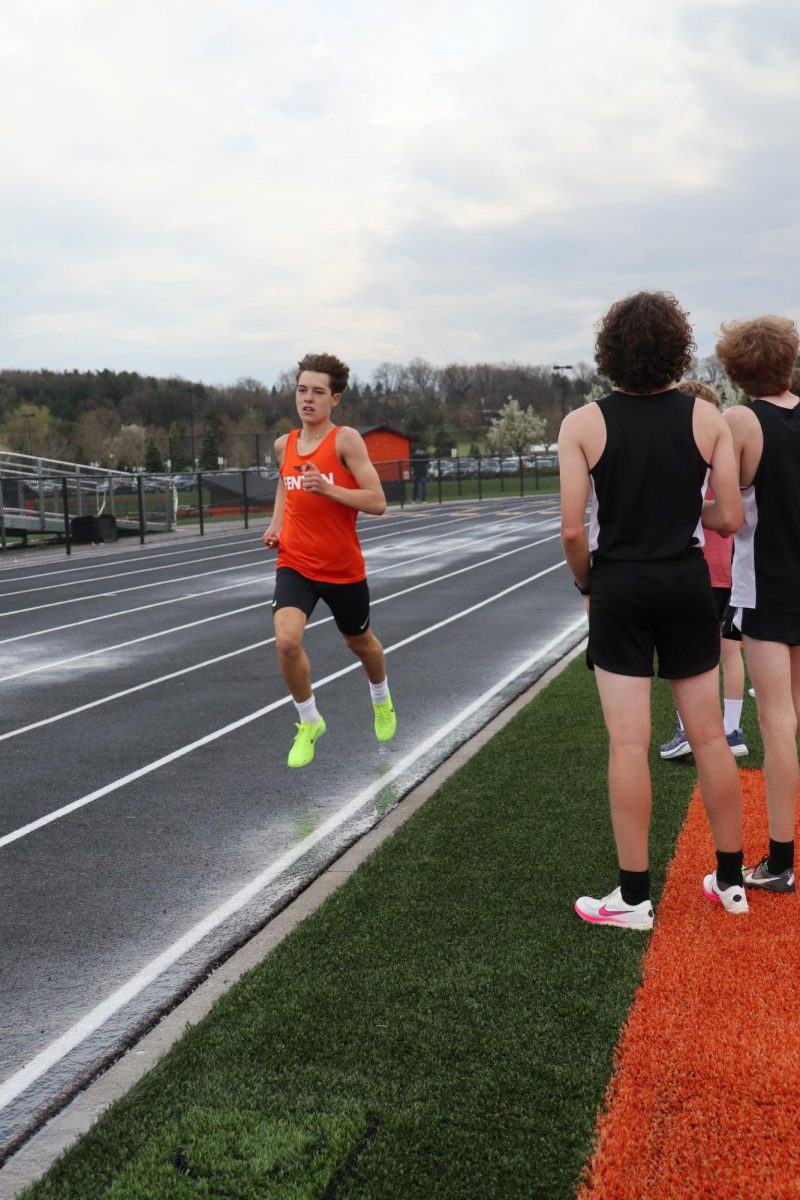How to prevent and treat sport injuries
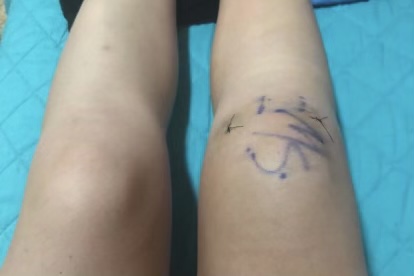
PHOTO Jordyn Bliss
January 27, 2022
Sports injuries are very common during spring, winter and fall sports seasons. For some student-athletes, the injury can be minor such as broken/fractured fingers or a toe, but there can be very serious injuries as well, like an anterior cruciate ligament tear. When an athlete is injured there are steps to follow for the road to recovery and most start with a conversation between the athlete and athletic trainer.
High profile athletes such as National Football League quarterback Tom Brady as well as tight end Rob Gronkowski have both had injuries involving their knee ligaments. These two players both recovered from their injuries and came back to play multiple seasons after the injury.
With the help of athletic trainers and Orthopedic doctors, most athletes get back into their sports soon after their injuries. High school athletes find getting injured more common than the professionals do, with the estimation of 2 million injuries a year and 500,000 doctor visits each year according to Orthopedic Associates.
“I dislocated my knee playing in a middle school softball game,” senior Jordyn Bliss said. “I immediately went to the doctors after I injured my knee. He simply popped the knee back in place then told me not to walk on it for a while and to go to physical therapy for a month with weekly visits to see how the knee is repairing itself.”
Approximately 164,000 knee injuries in high school sports occur annually, becoming the third most common injury after face/head and ankle injuries. Science Direct reported that out of those 164,000, only 31 percent return to their sport after three weeks of the injury. This fast of a return can cause more damage to the injury than originally.
“After physical therapy for a few weeks the therapist noticed the exercises were not working the way they were supposed to,” Bliss said. “I later had surgery after the doctors noticed the swelling had not gone down and the ligaments around my knee were straining. I didn’t get to finish my softball season because I was using crutches for months.
Fenton High has the availability of an athletic trainer at all of their sporting events. The athletic trainer Mitch Smelis is available at every sporting event in case of an injury on our team or the opposing team. Smelis is available as well after school for athletes who need an ankle wrapped before practice or if a past injury is bothering them.
“I found an interest in sports when I was in high school,” Smelis said. “I also had an interest in medicine/healthcare. We didn’t have an athletic trainer at my high school. I didn’t know of the profession initially. I learned more about the profession through taking health occupation classes and student aide camps. After these training sessions I decided to pursue a degree and certification in college for athletic training.”
Smelis attends all games for the possibility that there might be an injury that needs immediate action. He also prepares the athletes of all sports seasons with water and ice packs during the games or matches.
“Fall season is the busiest season for injuries.” Smelis said, “This is because there are many students participating in sports, but winter season is the longest sports season which lasts from early middle December to middle of March. Also with the winter season being inside there are less scraps and cuts, but more concussions and sprains and fractures.”
When a student gets injured, Smelis is there to assist initially; but football is the only sport with an ambulance at the games. Smelis requests that if students are feeling like something isn’t feeling normal or comfortable to ask for help.
“Sometimes it’s just being aware of the “little things” and making adjustments in the activity to allow rest and recovery.”
Injury prevention starts and is accomplished by educating students, parents and coaches on the following. Getting at least seven hours of sleep a day has shown to reduce injury risk. A proper amount of water intake helps the body maintain recovery with good balance. Conditioning is also important in the off season which prepares the body for the demands of the season. Lastly, nutrition; putting the best food into your system helps power your body and prevent possible injuries.
“Communicating with others is vital for quick recoveries.” Smelis said, “Good communication between students, parents, coaches and health care providers goes a long way to help a bumpy recovery become smoother.”
Injuries are common in all seasons of sports, but there exist ways of preventing many to all injuries from occurring. Eating right, sleeping the correct amount and preparing your body for your sports season can strengthen the body enough to prevent injuries.

